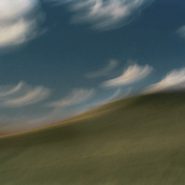
My first attempts at infusing the feeling of motion into my photographic images originated with my shooting moving objects – cars, trains, people walking or running. Soon after, I began shooting from inside cars and trains, but quickly realized this motion was largely limited to a single horizontal direction where I didn’t have much control.
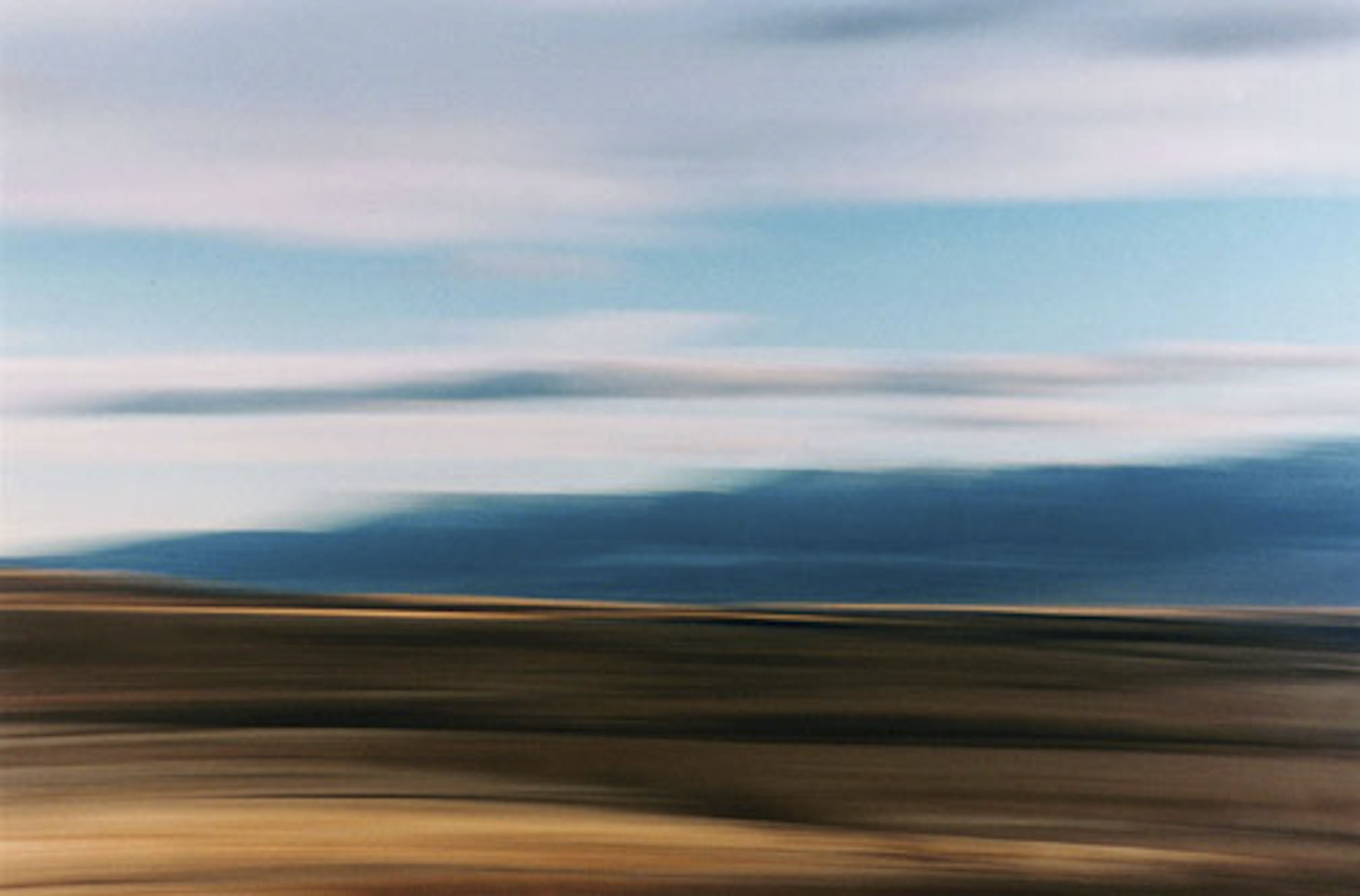
A quantum leap in my progression came when it dawned on me that I would have more authority if I created the motion through my own camera strokes. I discovered I needed to create my own vocabulary to record and distinguish between various strokes: pans, pivot pans, oblique pans… From there I realized that I could in fact move the camera in more than one direction at a time – complex curves – not unlike adding spin to an otherwise flat forehand tennis stroke; and through bending my knees and stepping into it, I could even further accentuate my stroke, by adding some vertical lift to a horizontal pan.
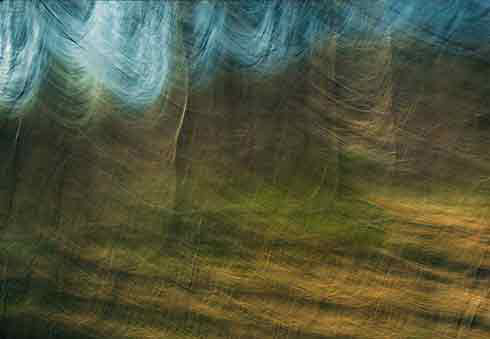 Next I concluded that I could have even greater control shooting inert subjects. I started with trees, which before long broadened to scapes – both land and sea – in search of interesting natural individual forms and then combinations.
Next I concluded that I could have even greater control shooting inert subjects. I started with trees, which before long broadened to scapes – both land and sea – in search of interesting natural individual forms and then combinations.
Beyond subject matter, there was the issue of how much motion to impose on my subjects. Recognizing that something in the image needed to be sharp to ground the viewer, I realized I had to choose a flow line, or foil, against which I could impose my motion stroke – in short the image’s natural grain – whether it be an individual shape or a collection of shapes that have their own particular pattern.
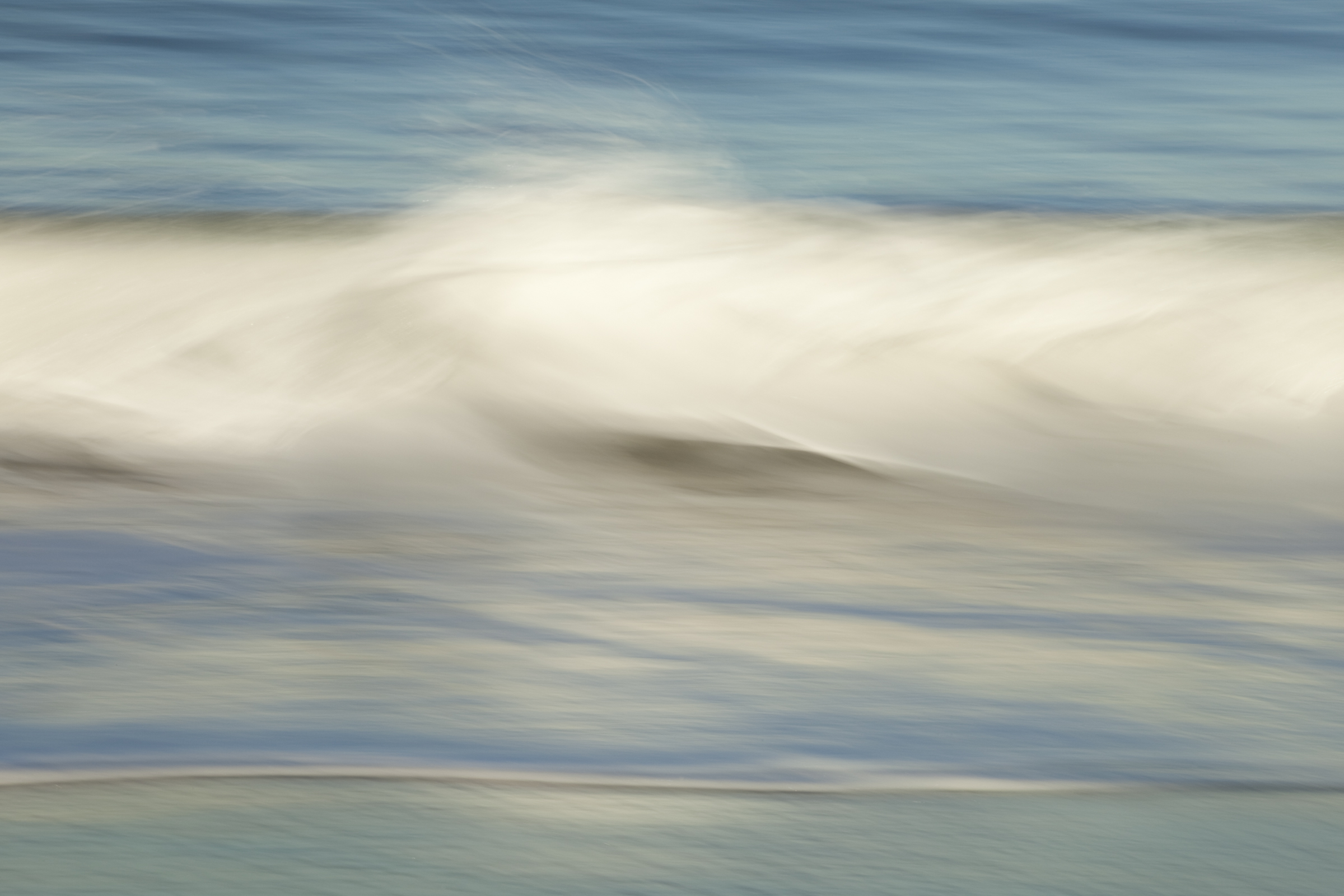
To make sense of this, within each composition I had to decide on a dominant axis, around which the composition must fit. That ‘flow line’, then defined the composition and provided a foil to work against – the composition’s predominant grain.
As I continued refining my technique, I soon understood that perhaps the best way to describe the structure of my fleeting moments was to see how far I could stroke across the grain (flow line) while retaining enough representational aspects for it to remain my interpretation of nature.
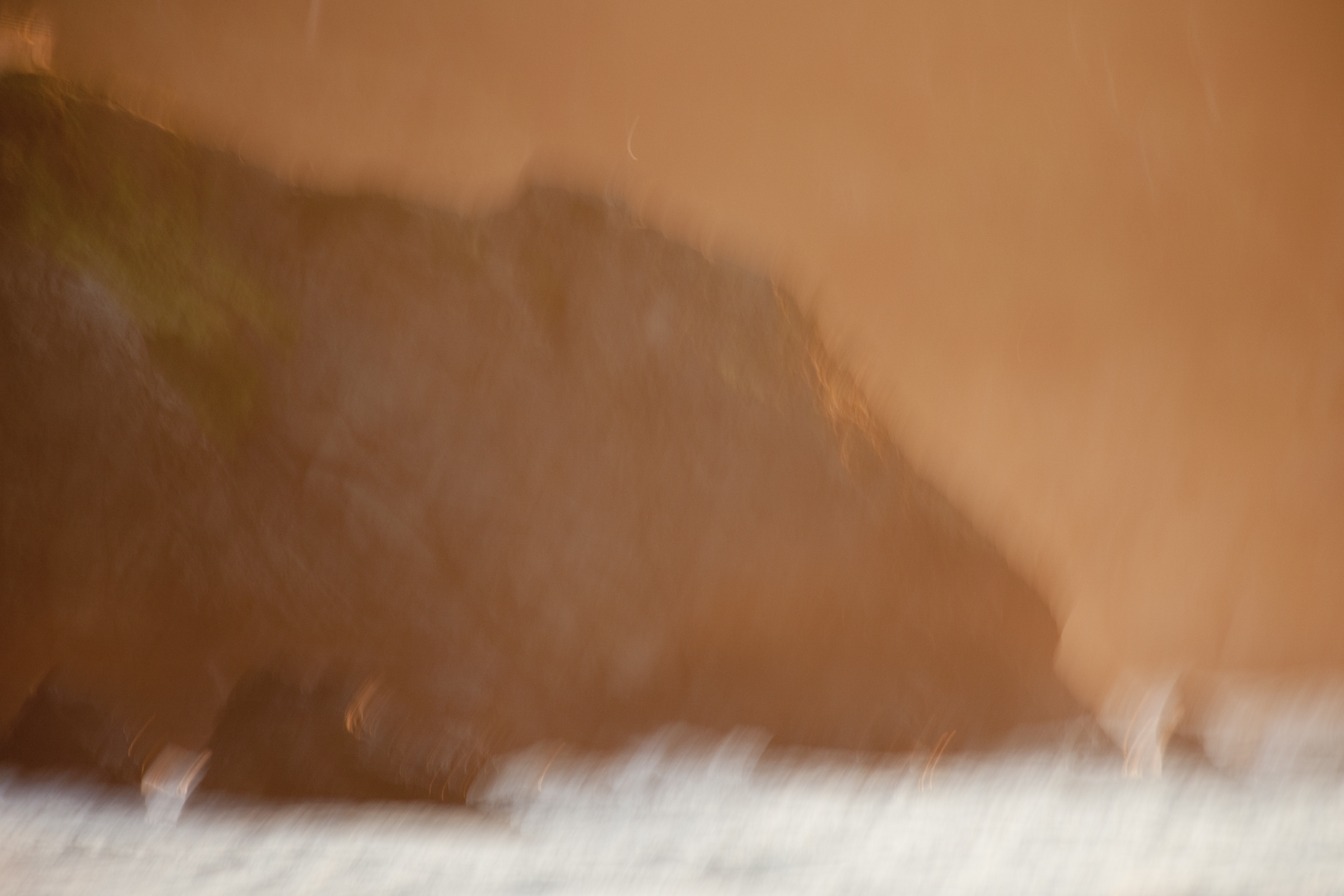 In summary, applying motion to my subject enables me to partially deconstruct the image through blending colors, stretching light, and therefore altering patterns. As an interpretative landscape photographer, however, it is essential to me that my images are recognized to be landscape-based.
In summary, applying motion to my subject enables me to partially deconstruct the image through blending colors, stretching light, and therefore altering patterns. As an interpretative landscape photographer, however, it is essential to me that my images are recognized to be landscape-based.
Gunnar
Writing to let you know that I have admired and adored your photography for years thanks to my dear, dear friend Susan A. Brilliant work that you do, and an extraordinary taste in New England woman!!!!!
My best
Marie